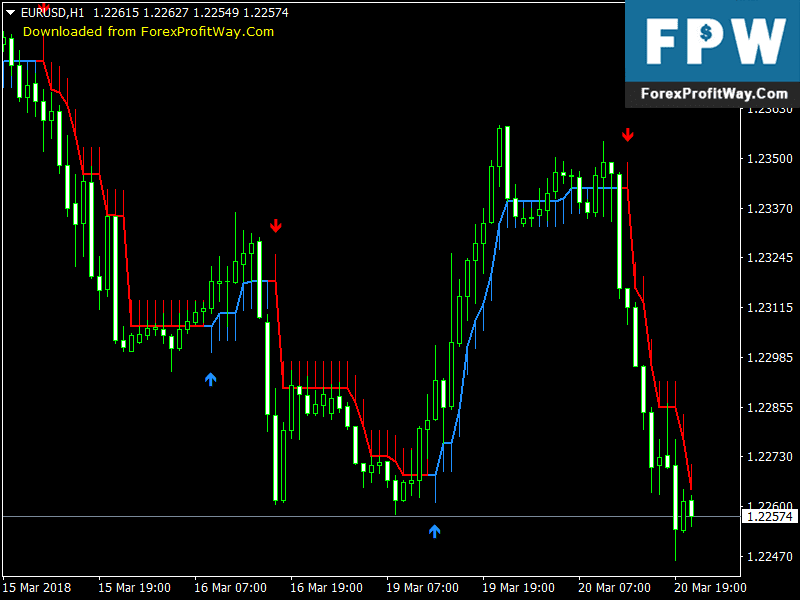What is a buying and selling indicator?

A buying and selling indicator is a mathematical calculation or visible illustration of market data used by merchants and buyers to research and forecast future worth movements in monetary markets. These indicators assist traders make knowledgeable decisions about buying or promoting belongings such as shares, currencies, commodities, or cryptocurrencies. Trading indicators are a vital part of technical analysis, a methodology that relies on historical worth and quantity data to predict future price tendencies. There are varied types of trading indicators, each serving a specific purpose. Some widespread forms of buying and selling indicators include:
Moving Averages (MA):
Moving averages clean out value knowledge by calculating the average worth over a specified time period. They assist establish trends and supply assist and resistance levels.
Relative Strength Index (RSI):
The RSI measures the velocity and alter of value actions to evaluate whether an asset is overbought or oversold. It ranges from 0 to one hundred, with ranges above 70 indicating overbought situations and levels beneath 30 indicating oversold situations.
Moving Average Convergence Divergence (MACD):
The MACD is a trend-following momentum indicator that consists of two transferring averages and a histogram. It helps identify modifications in the power, course, and duration of a development.
Bollinger Bands:
Bollinger Bands consist of a middle band (a shifting average) and two outer bands that characterize standard deviations from the middle band. They assist establish volatility and potential reversal factors.
Stochastic Oscillator:
The stochastic oscillator compares the closing value of an asset to its value vary over a specified period. It provides details about potential development reversals.
Ichimoku Cloud:
The Ichimoku Cloud is a complete indicator that gives details about support and resistance ranges, development direction, and momentum. It consists of several traces and a cloud area.
Fibonacci Retracement:
Fibonacci retracement ranges are based mostly on the Fibonacci sequence and are used to establish potential help and resistance ranges. Traders use these ranges to foretell worth retracements.
Volume Oscillators:
Volume indicators, such as the On-Balance Volume (OBV), concentrate on buying and selling volume. They help assess the power of price actions and potential development reversals.
Average True Range (ATR):
The ATR measures market volatility by calculating the typical range between high and low prices over a specified interval. It helps merchants set stop-loss and take-profit ranges.
Parabolic SAR (Stop and Reverse):
The Parabolic SAR indicator supplies potential entry and exit points by plotting dots above or below the price chart. It helps determine development reversals.
Williams %R:
Williams %R is a momentum oscillator that measures overbought and oversold situations. It ranges from -100 to zero, with values below -80 indicating oversold situations and values above -20 indicating overbought circumstances.
Average Directional Index (ADX):
The ADX measures the strength of a pattern, regardless of its direction. It helps traders assess the strength of a current development and potential pattern reversals.

Traders use a combination of those indicators and others to develop trading methods, make knowledgeable decisions, and handle risk. ftmo challenge to notice that buying and selling indicators are not foolproof, and traders should use them at the facet of different forms of analysis and risk management methods. Additionally, the choice of indicators and their parameters can vary depending on the trader's particular trading style and objectives..
